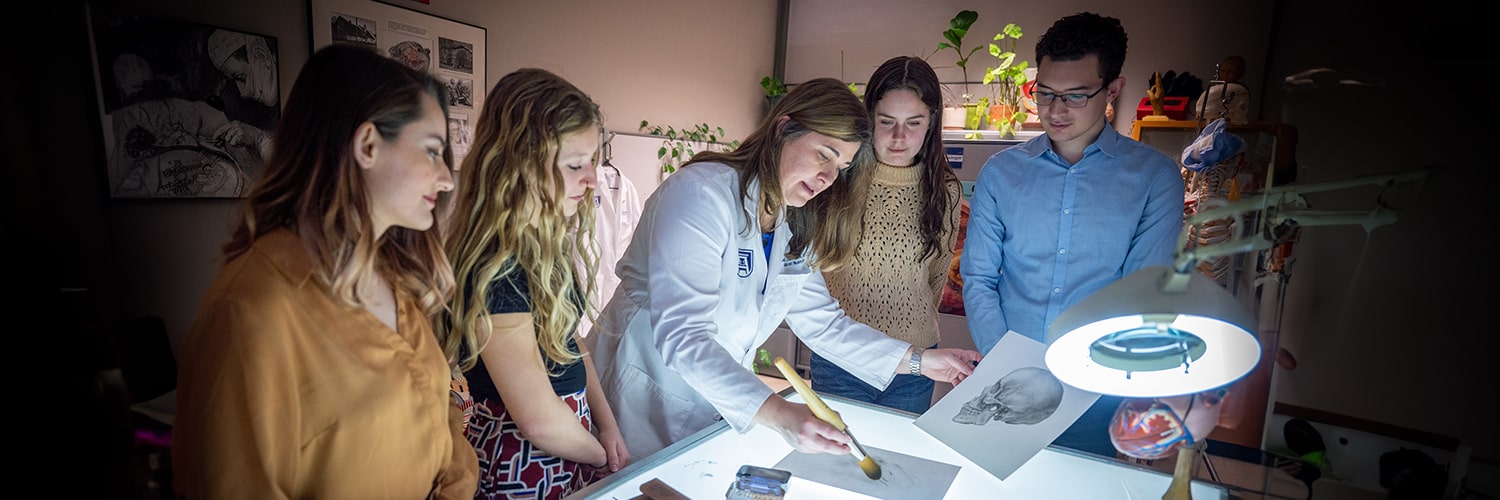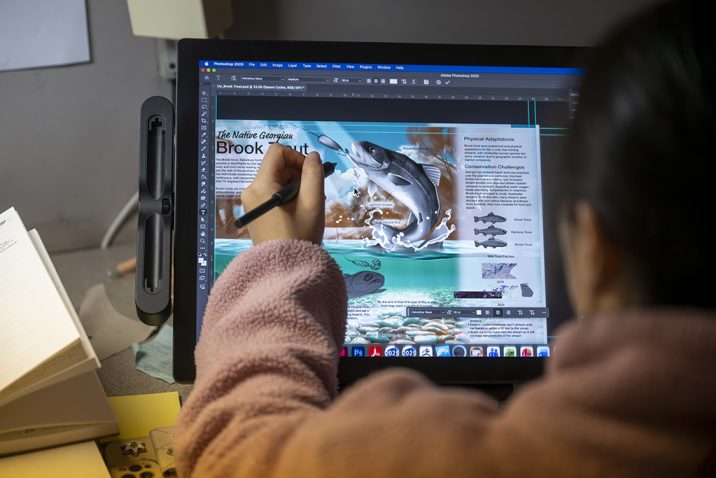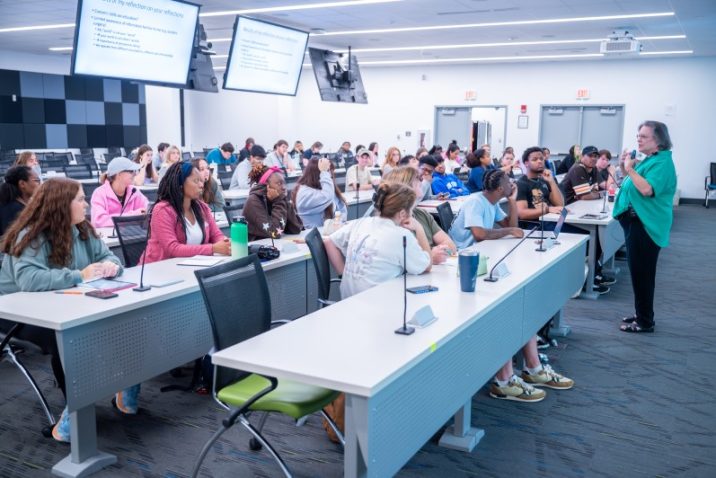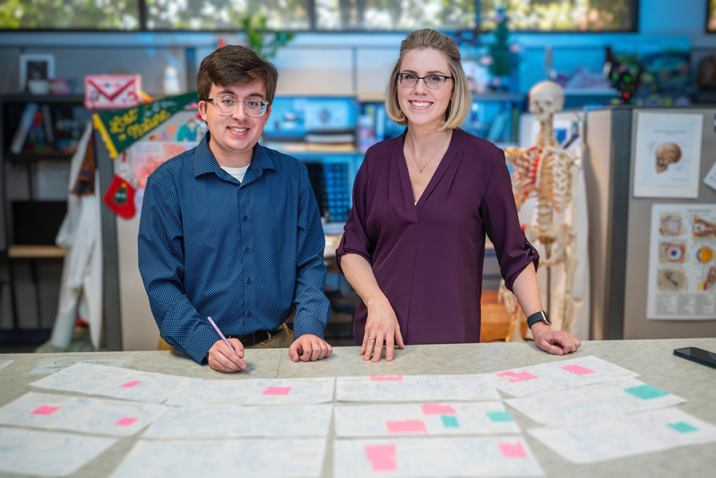
Medical Illustration
Medical Illustration is a unique field that requires a talent for the graphic arts and visual storytelling and an affinity for science.
Medical illustrators use various media and techniques - from watercolor to silicone to 2D artwork to 3D animation - to solve complex communication and education problems in life and health sciences.
Our program strives to refine students' expertise in various illustration, design, and animation media. We provide a scientific foundation to prepare illustrations in a medical setting, teach students to solve visual problems, establish and meet educational and communication objectives, and offer meaningful, practical experience in medical illustration.
Brochure Program Curriculum Admissions
Contact Us
Medical Illustration
Health Sciences Campus
1474 Laney Walker Blvd.
Augusta, GA 30912
Department of Medical Illustration
Augusta University is one of only four schools in the country to offer a Medical Illustration Graduate Program (MIGP).
Established over 70 years ago by the Medical College of Georgia, the Department of Medical Illustration is now part of the College of Allied Health Sciences at Augusta University.
Students in the Medical Illustration Graduate Program will complete a 21-month curriculum and graduate with a Master of Science in Medical Illustration (MSMI) degree granted through The Graduate School . Our program is highly competitive; 40 to 70 individuals submit preliminary portfolios and materials for evaluation each year. However, we only accept a limited number into our program. Applicants have come from Asia, Canada, Europe, South America, and nearly every state in the U.S.
Accreditation
The Medical Illustration Graduate Program is accredited by the Committee on Accreditation of Allied Health Education Programs (CAAHEP). For more than 50 years, Augusta University’s program has met or exceeded the high graduate education standards in medical illustration and biomedical communications. The program was the first to be granted accreditation in 1967 and has maintained continuous accreditation. It was last renewed in 2018 for eight years and will be up for renewal in 2026.
Positive Placement
- 2021-2023: 100% positive placement with 12 months of graduation
- Positive placement is defined as the percentage of graduates employed in the field of medical illustration, continuing their education in a related field, or serving in the military within a specified timeframe after graduation, usually within one year
Workspaces and Technology
Galleries and Awards
Our collection of paintings, drawings, and sculptures spans a century inspire our students to award-winning artwork.
Anaplastology Clinic
Working together with the Dental College of Georgia to help design and create prosthetics for patients.
Learner Outcomes
As an ongoing means of assessing the teaching effectiveness of our program and the learning success of our students/graduates, we track several outcome measures, including the following.
On-Time Completion of Masters Project/Thesis
Completing an approved Masters Project/Thesis is a requirement for graduation. Students are expected to complete their project or thesis in the 5th semester (spring of the second year). The project/ thesis is evaluated by the program faculty for content, effectiveness, and completeness. Recent outcomes were:
- 2021-2023: 100% On-time completion of Masters Project with met or exceeded expectation
- 2021-2023: 100% On-time graduation
Medical Illustration News

Medical illustration creates visual magic with Georgia DNR collaboration
Augusta University's partnership with Georgia DNR collaboration lasted six weeks, and the finished illustrations will be used throughout the state.
Read Story
Augusta University announces 2025-26 Teaching Excellence Award winners
"This year's Teaching Excellence Award winners embody the very best of our educational mission," says Jeff Mastromonico.
Read Story
MCG professor, medical illustration student creating children’s book
“I believe a preoperative children’s picture book will have a huge positive impact on the experience and the care of the children who read it,” says Lauren Welsh, MD.
Read StoryLife-Changing, Life-Saving Education
The College of Allied Health Sciences at Augusta University trains and educates today’s health care professionals: the therapists, technicians, administrators, managers and assistants who are the backbone of our country’s health care workforce.